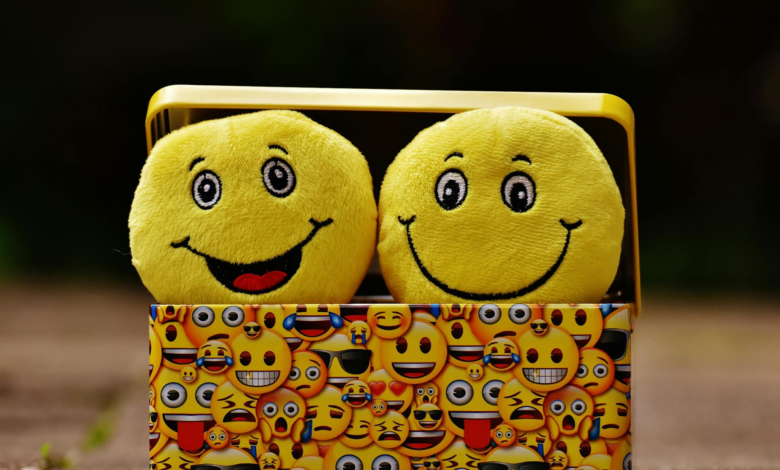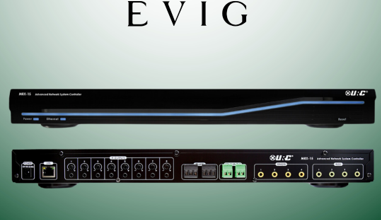To Emoji or Not to Emoji – Do They Have a Place in Marketing?

Use of emojis has expanded beyond casual texting to become an accepted aspect of online interaction. With over 10 billion emojis sent daily across platforms, the little icons enjoy mass popularity. But as they are used more, marketers have to ask one simple question—do emojis add value, or do they detract from professionalism?
The Benefits of Applying Emojis in Marketing
Higher Engagement and Emotional Attachment
Emojis provide a simple yet effective way of expressing emotion in visual terms. Applying emojis to marketing is a way through which brands communicate with their audience on an emotional level. Tweets that have emojis, for instance, are replied to 25.4% more than tweets that do not have emojis. Emojis are visual cues that make content more relevant and interactive, shattering the drabness of text-based communications people view and read daily.
Greater Brand Personality and Connection
Brands using emojis in a casual manner can contribute to their personality and connect with younger, tech-savvy consumers. For example, an entertaining brand like Taco Bell extensively uses emojis to make its material funny and viral. The careful use of emojis gives brands a nice, non-corporate look that results in a sense of pleasant engagement.
Increased Click-Through Rates
Besides social networks, emojis have also done great in email campaigns and sponsored advertisements. Return Path’s research managed to discover that subject lines using emojis boost open rates by as much as 56%. Similarly, leaders such as King Kong will tell you that advertisements containing emojis have also recorded higher click-through rates because they stand out amidst plain-text posts. Emojis can make your message more powerful in character-constrained spaces like subject lines, where your message is more visible and attractive.
The Disadvantages of Using Emojis in Marketing
Risk of Misinterpretation
While widely enjoyed worldwide, emojis can convey different meanings when used across cultures and generations. One emoji that is thought to be innocuous may be deemed objectionable or wrong elsewhere. To marketers, this means being careful in promoting to a global market without knowing the assumption of interpretation. A misunderstood emoji can hijack your message and spoil good demographics.
Lack of Professionalism or Brand Dilution
Although emojis are best used by playful, casual brands, they will not be suitable for those that have to be serious or formal in nature. A bank or law firm, for instance, will find that using emojis erodes trust. Even for inherently young brands, too much use of emojis will water down their power, making messages seem busy or less credible.
Compatibility and Display Issues
Not all emojis display the same way on every platform. What appears trendy on an iPhone appears awkwardly on an Android device or in an email program. Such inconsistency may detract from the user experience, potentially affecting how audiences interact with your brand. Marketers need to factor technical limitations into play before incorporating emojis into campaigns.
Are Emojis the Right Move for Your Brand?
Whether or not to use emojis in marketing is a decision that depends on your audience, brand voice, and communication goals. For as much as emojis can bring engagement, personality, and metrics, they also carry risks of miscommunication, loss of professionalism, and platform compatibility.
Use emojis with strategy. Test their utility on lower-profile campaigns first, and ensure they fit your brand’s tone and audience expectations. Used judiciously, those bright little characters are a potent weapon. Abuse or overuse might have the opposite effect, making what was intended to be interesting a thoughtless distraction. For social media professionals and marketers, this will be the balancing act of success in the emoji era.





